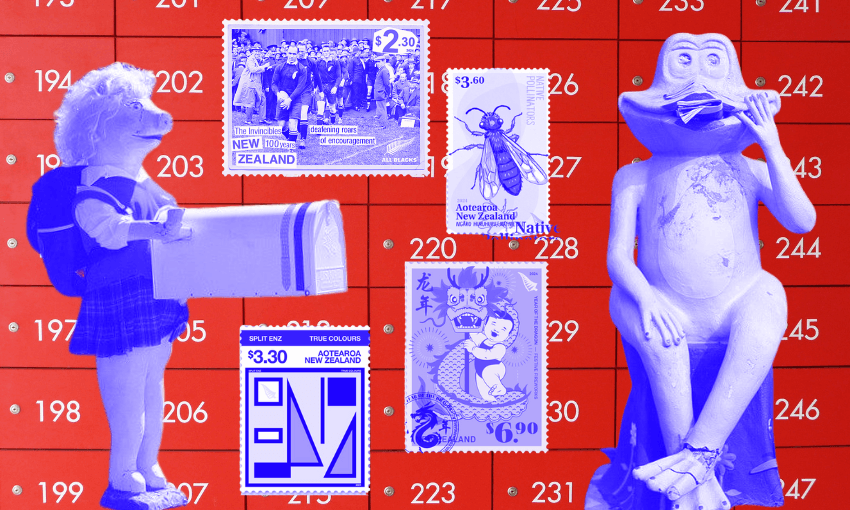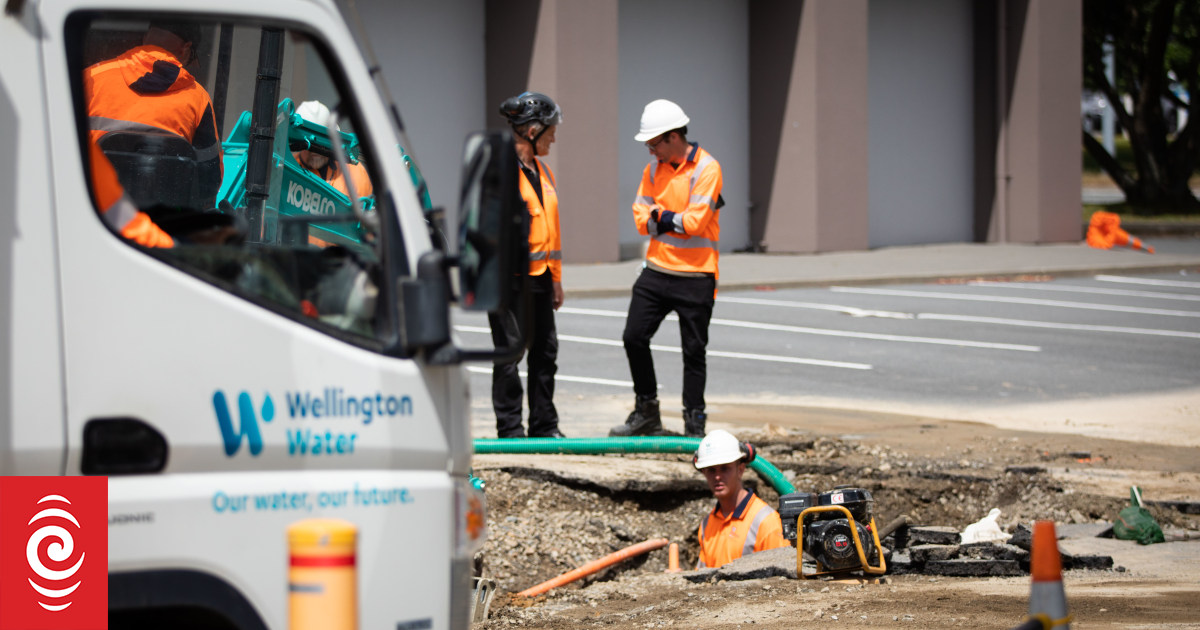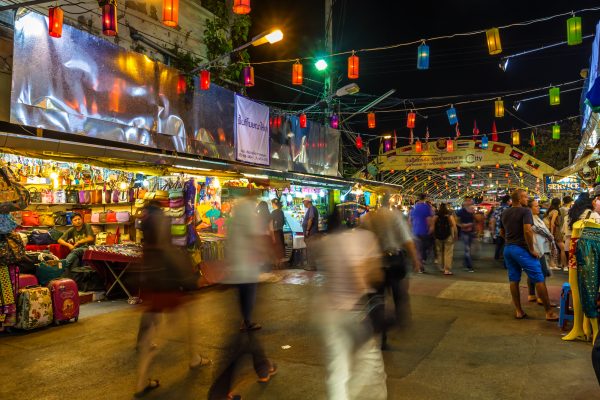The Reserve Bank has heaped more pain on borrowers, extending its record run of interest rate rises to a 10th consecutive increase in its bid to drive down inflation. It signalled, though, that the peak may not be far off.
As widely expected, the central bank raised its cash rate at its monthly board meeting on Tuesday by 25 basis points to 3.6%, the highest level since mid-2012.
The rate is set to rise further but the RBA dropped its reference to needing multiple rises in coming months.
“The board expects that further tightening of monetary policy will be needed to ensure that inflation returns to target and that this period of high inflation is only temporary,” the RBA governor, Philip Lowe, said in a statement.
“In assessing when and how much further interest rates need to increase, the board will be paying close attention to developments in the global economy, trends in household spending and the outlook for inflation and the labour market.”
The RBA has now lifted the key rate by 3.5 percentage points since kicking off increases from a record low 0.1% level during last May’s federal election campaign.
If passed on in full by commercial banks, the cost of additional repayments on a typical $500,000 mortgage will have increased by about $1,000 per month since May, data groups say.
Australia, along with most other major economies, has been facing the highest inflation since the 1990s triggered by hefty Covid-19 stimulus spending and disruption to energy and food markets due to Russia’s invasion of Ukraine a year ago.
Indications that the rate rises to date are begin to sap excessive demand in the Australian economy include slower-than-expected economic growth in the December quarter and a drop in the monthly inflation rate for January.
Lowe acknowledged that consumer price inflation may have passed the worst.
“The monthly CPI indicator suggests that inflation has peaked in Australia,” Lowe said. “Goods price inflation is expected to moderate over the months ahead due to both global developments and softer demand in Australia.”
However, “[services] price inflation remains high, with strong demand for some services over the summer,” Lowe said. “Rents are increasing at the fastest rate in some years, with vacancy rates low in many parts of the country.”
Lowe reiterated the RBA’s central forecast is for inflation to decline this year and next, to reach “around 3% in mid-2025”.
Tellingly, “medium-term inflation expectations remain well anchored, and it is important that this remains the case”, he said, implying that there remains no sign of the public raising their view of inflation’s path towards a so-called “wage-price spiral”.
The less hawkish outlook from Lowe and the RBA board on Tuesday was interpreted by investors to imply the central bank may soon pause or even reach its maximum cash rate during this part of the cycle.
The Australian dollar fell about one-third of a US cent to US69.1c soon after the verdict was made public.
Australian shares also picked up about 0.5% as investors also pared their expectations of how high the RBA would go. Higher borrowing costs typically squeeze company profits.
The treasurer, Jim Chalmers, told question time in parliament that Tuesday’s rate rise would “make life harder for many Australians who are already under the pump”.
“This was expected, it was flagged, the markets anticipated it, but it will still sting, these interest rate rises which began before the election,” he said.
Speculation among pundits turned to how many more rate rises were likely. Sean Langcake, head of macroeconomic forecasting for BIS Oxford Economics, said today’s statement was “slightly more dovish than last month, and leaves open the possibility that there may only be one more rate rise in this cycle”.
David Bassanese, the chief economist at Betashares, said he expected the RBA to hike once more in April “but then pause for at least three to six months to assess the impact of its work given the inherent lags in which monetary policy impacts on the economy”.
Andrew McKellar, the chief executive of the Australian Chamber of Commerce and Industry, said the RBA had done enough given the heavy debt levels carried by many.
“With too much hidden leverage around, the Reserve Bank must pause at its next meeting and take stock of whether rates are sufficiently restrictive to bring inflation back down to target,” McKellar said.
However, Nick McKim, the Greens’ economic justice spokesperson, said the 10th rate rise in a row indicated the RBA was “out of control and needs to be reined-in”
“The RBA’s response to a problem it doesn’t understand with a solution that doesn’t suit is a form of institutional madness,” McKim said.
“Instead of continuing to sit on its hands, the government should tax corporate super profits and the super wealthy then work with us to freeze rents, raise income support, and put dental and mental health into Medicare.”





















Discussion about this post